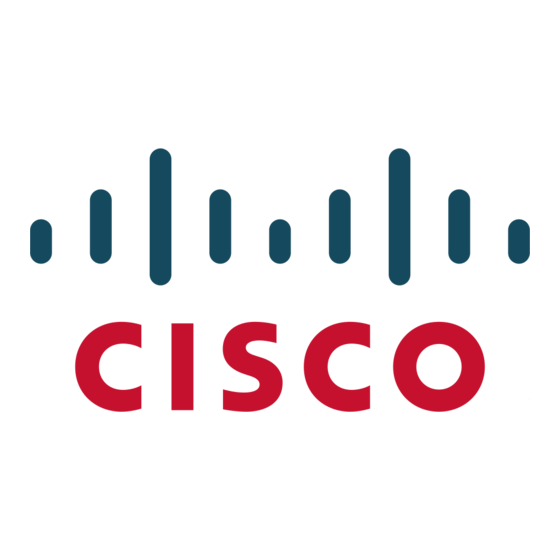Figure 2.
Cisco VCS Control
Cisco VCS Control delivers any-to-any enterprisewide conference and session management and interworking
capabilities. It extends the reach of telepresence conferences by enabling interworking between Session Initiation
Protocol (SIP)- and H.323-compliant endpoints, interworking with third-party endpoints; it integrates with Cisco
Unified CM and supports third-party IP private-branch-exchange (IP PBX) solutions.
Cisco VCS Control implements the tools required for creative session management, including definition of aspects
such as routing, dial plans, and bandwidth usage, while allowing organizations to define call-management
applications, customized to their requirements.
Features and Benefits
Benefits of Cisco VCS Control
Greater reach: Any-to-any interoperability facilitates smooth video communications between standards-
●
based and third-party client users.
Highly scalable: With features such as clustering and policy services integration, the Cisco VCS is
●
architected to support enterprise growth, with smooth expansion as usage increases, protecting investment
in video infrastructure.
Extended telepresence capability: Integration with Cisco Unified CM helps reduce complexity for users and
●
facilitates interworking between SIP- and H.323-compliant endpoints within an enterprise, regardless of
individual endpoint capabilities.
Secure: The industrially recognized secure performance of Cisco VCS provides administrators with
●
complete confidence in their network security.
Extensible: Part of a firewall traversal solution with Cisco VCS Expressway, Cisco VCS Control provides
●
rich, video-enabled collaboration for remote workers and for business-to-business applications.
Flexibility: Administrators can implement the Cisco VCS as either an appliance or a virtualized application
●
to meet the needs of their organizations.
© 2013 Cisco and/or its affiliates. All rights reserved. This document is Cisco Public Information.
Cisco VCS Control and Cisco VCS Expressway
Page 2 of 7

